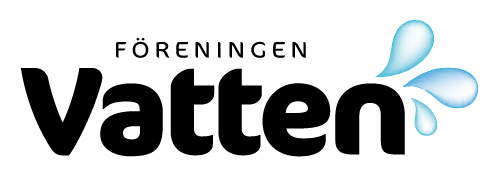Kväverening utan kolkälla / Nitrogen removal without an organic carbon source
Many waste water treatment plants in Sweden needs to improve the nitrogen removal in the coming years in order to fulfill stringent regulatory requirements with respect to nitrogen in the final effluent from today’s level of 15–20 mg/l to 8–10 mg/l. At waste water treatment plants having anaerobic digesters, the nitrogen content in the reject […]
MAPPING OF NON-AQUEOUS PHASE LIQUIDS USING TIME DOMAIN REFLECTOMETRY / Kartering av icke vattenlösliga vätskor med tidsdomän reflektometri
A two-dimensional multi-fluid flow experiment was performed in a container (45 cm x 54 cm x 20 cm) filled with fine sandy soil. A dye stained light nonaqueous phase liquid (LNAPL) was applied in four releases over a rectangular area of 5 x 20 cm at the center of the soil surface. The releases varied […]
Evaluation of using grey water as an alternative irrigation source in Jordan Utvärdering av användandet av gråvatten som en alternativ vattenresurs till bevattning i Jordanien
One option for coping with wasteful uses of fresh water in landscape irrigation is to use the treated greywater (GW). In the present study, an evaluation of a simple treatment system for reusing GW to irrigate green areas, trees, and ornamentals all over the campus in Tafila Technical University (TTU), Jordan, is presented. After 12 […]
POTENTIAL WATER SAVING FROM RAINWATER HARVESTING IN SYRIA / Potentiell vattenbesparing genom insamling av regnvatten i Syrien
Syria, as well as many other countries in the Middle East, faces serious water shortage problems. Available water per capita (AWPC) will dramatically decrease due to climate change, population increase, and water needed for economic growth. Rainwater harvesting can play an important role in increasing available water in Syria. However, the absence of rainwater sewer […]
Om drivkrafter bakom några sjösänkningar i Sverige – exempel från Näsbyholmssjön (Skåne) och Hjälmaren (Närke-Södermanland-Västmanland)/ The driving forces behind some lake lowerings in Sweden – examples from Lake Näsbyholmssjön and Lake Hjälmaren
During the period 1840–1940, a large number of lakes in Sweden were drained or the water tables lowered. The driving forces behind these projects are discussed and the most important reasons behind them identified. A change in land ownership from collective towards private and undisputed control stimulated farmers to invest in improvements in the arable […]
Comparison between two techniques for sludge dewatering – trials at Sjölunda and Klagshamn WWTPs
The cost for disposal of the dewatered sludge is dominating among the operational costs for sludge handling at municipal wastewater treatment plants. This, in turn, is affected by the dryness of the sludge. In this paper the results from parallel trials with two different dewatering techniques, at two different wastewater treatment plants (Sjölunda and Klagshamn […]
Identifiering av skyddsvärde och skada hos vattenförekomster i samband med föroreningspåverkan / Identification of protective value and damage of waters, caused by contaminating substances
Uncontaminated water is essential for life. That is a fact that ought to be a sufficient argument for groundwater aquifers and surface water resources to be considered as worth protecting from contamination. Despite this, numerous of contrarious interests exist that might lead to contamination of water. In this article it is discussed, that the type […]
